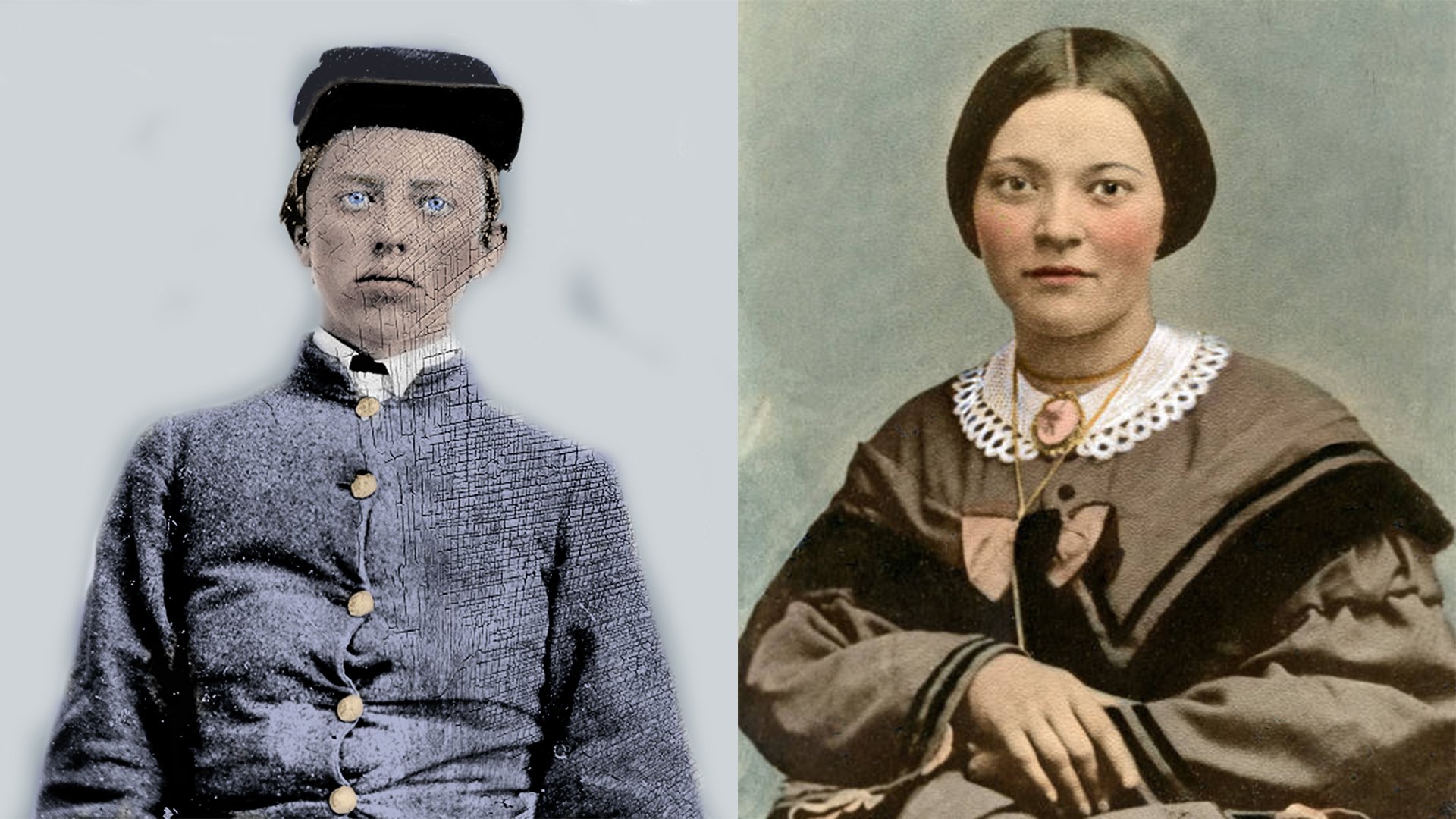
People
Learn about the Civil War in the Valley from the stories of the men, women, soldiers, and civilians that lived through it
Stephen D. Ramseur
General May 31, 1837 — October 20, 1864
In June 1864, Ramseur and the rest of Early’s corps was sent by Lee to the Shenandoah Valley to draw Union forces away from Petersburg, in the Valley Campaigns of 1864. They conducted a long and successful raid down the Valley, into Maryland, and reached the outskirts of Washington, D.C., before turning back. Maj. Gen. Philip Sheridan was sent by Grant to drive Early from the Valley. On September 19, 1864, Sheridan attacked the Confederates at the Battle of Opequon, also known as the Third Battle of Winchester. Ramseur’s division was routed by a strong Union assault near Stephenson’s Depot; Ramseur allegedly wept openly and immaturely blamed his men for the retreat. His colleague Rodes was mortally wounded.
In a surprise attack a month later, Early routed two thirds of the Union army at the Battle of Cedar Creek on October 19, but his troops were hungry and exhausted and fell out of their ranks to pillage the Union camp; Ramseur managed to corral a few hundred soldiers out of his division and stood with them in the center of the line as Sheridan counterattacked. They held off the Union assault for an hour and a half. Ramseur displayed great bravery in rallying his troops, but he was mounted conspicuously on horseback and drew continuous fire. He was wounded in the arm and his horse was shot out from under him. A second horse was also killed. On his third horse, he was struck through both lungs and fell, later to be captured by Union soldiers of the 1st Vermont Cavalry.
Ramseur died the following day near Meadow Mills, Virginia, at Sheridan’s headquarters in the Belle Grove Mansion. His last words were, “Bear this message to my precious wife—I die a Christian and hope to meet her in heaven.” The day before the battle, word reached Ramseur of the birth of a baby daughter. He is buried near his birthplace, Lincolnton, in St. Luke’s Episcopal Cemetery.


